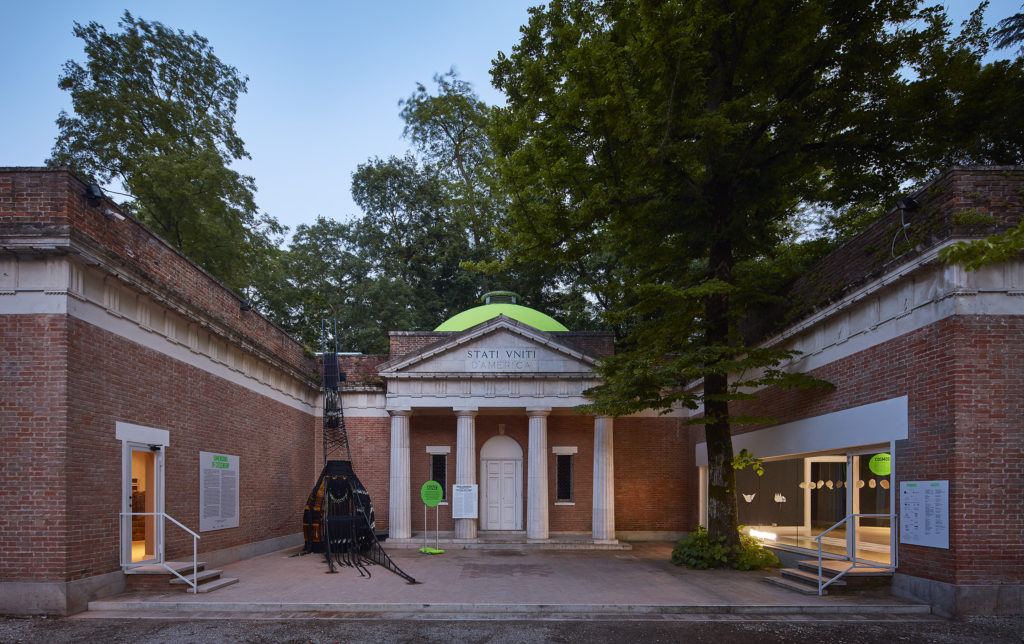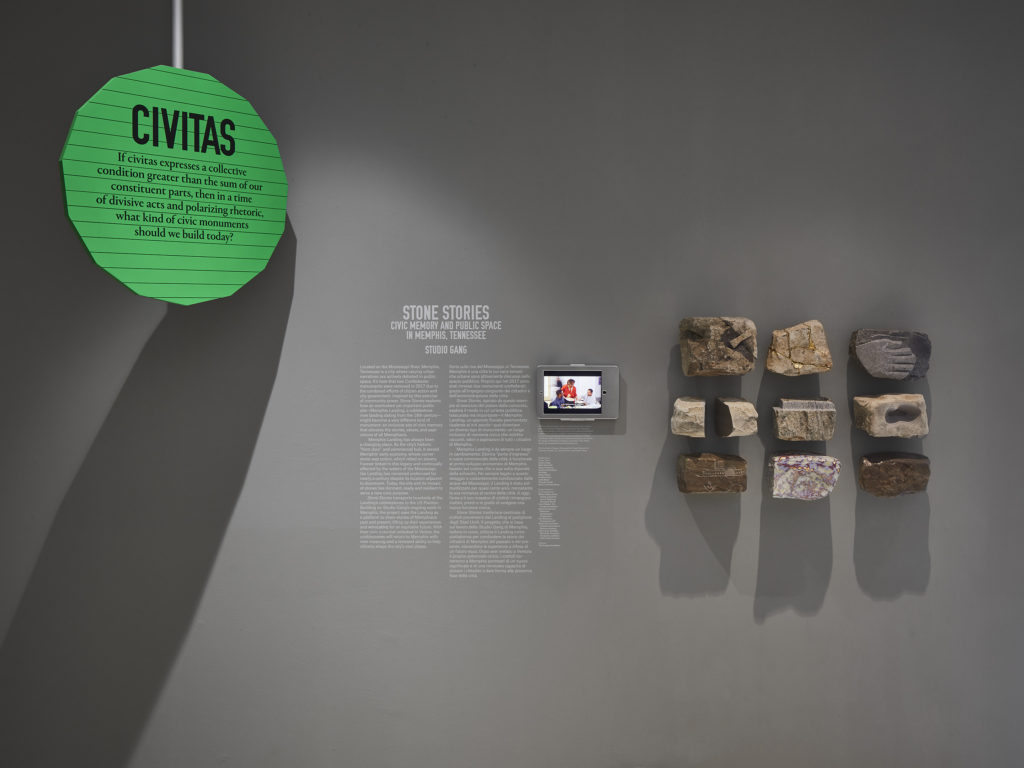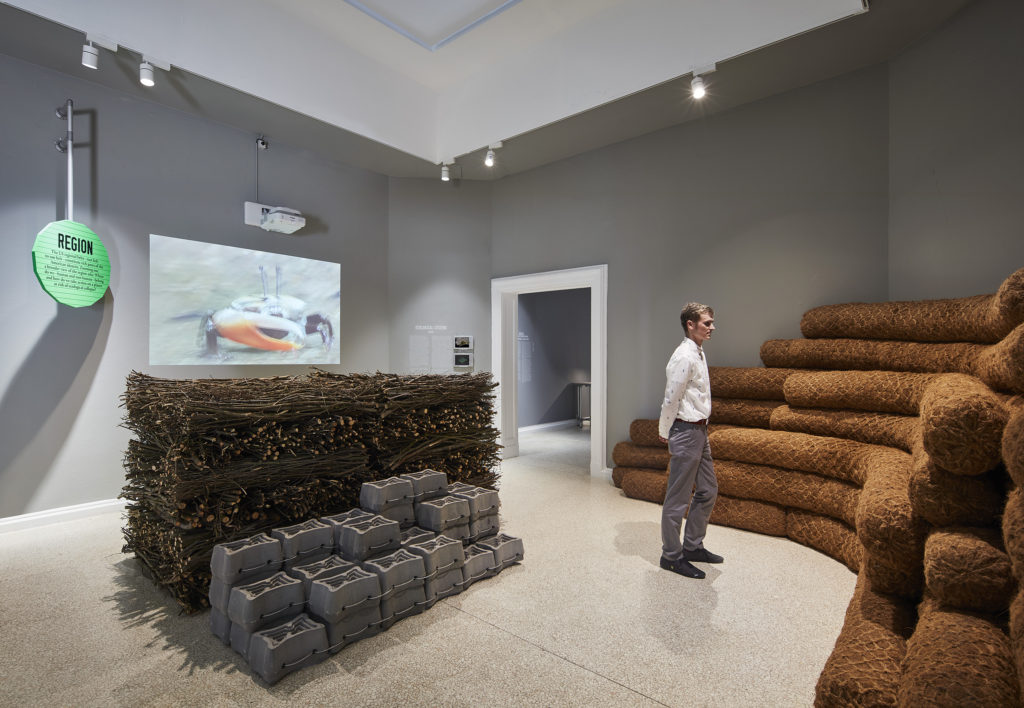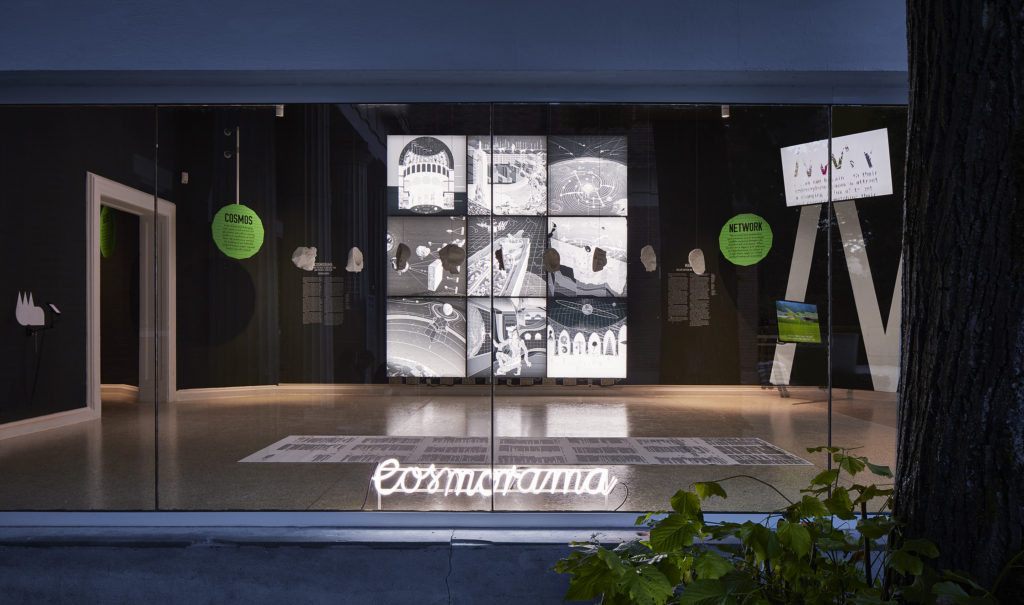Architecture has always had the power to become one of the utmost representations of an epoch: it materially manifests the spirit of its time. As we have edited, produced, and revisited our collection of magazines, events, podcasts, projects, and editorials, the role that criticism and theory have is indispensable for the confirmation of an architecture culture. Now, we are inviting others to join us and add their ideas, curiosities, and sketches. The Criticism Series asks architecture and thinkers to respond to a single question: What is the role of criticism and theory in architecture today? Read More …
Construction is abundant across Los Angeles right now, and amid the backhoes and the cranes we are seeing signs of fresh takes on expressive architecture: glass domes, geometric facades, soaring arches. Charges of elitism swirl around big-time architecture, but many of the new designs opening this season promise to advance cultural and social life in L.A., whether with a riverside park that filters rainwater or a campus crafted to uplift the lives of LGBTQ homeless youth.
US Pavilion, Venice Architecture Biennale: May 26–November 25, 2018
Wrightwood, Chicago: February 28–April 27, 2019
Curators: Niall Atkinson, Ann Lui, Mimi Zeiger, and Iker Gil
Commissioners: University of Chicago and School of the Art Institute Chicago
Participants: Amanda Williams + Andres L. Hernandez in collaboration with Shani Crowe, Studio Gang, SCAPE, Estudio Teddy Cruz + Fonna Forman, Diller Scofidio + Renfro, Laura Kurgan, Robert Gerard Pietrusko, with the Columbia Center for Spatial Research, Keller Easterling with MANY, and Design Earth
Films: Frances Bodomo, Mandana Moghaddam, David Rueter and Marissa Lee Benedict, Mika Rottenberg, and Liam Young
Exhibition and graphic design: INFO_CO
Photos: Tom Harris Read More …

Dimensions of Citizenship, the theme of the US Pavilion at the 2018 Venice Architecture Biennale, co-commissioned by the School of the Art Institute of Chicago (SAIC) and the University of Chicago, challenges architects and designers to envision what it means to be a citizen today. As transnational flows of capital, digital technologies, and geopolitical transformations expand, conventional notions of citizenship are undermined. How might architecture, then, express, and engage with today’s rhizomatic and paradoxical conditions of citizenship?
Architecture of Life. There’s nothing retiring about the ambitious title of the inaugural exhibition of The University of California, Berkeley Art Museum and Pacific Film Archive (BAMPFA). When the new building by Diller Scofidio + Renfro opens at the end of January, the sweeping survey curated by museum director Lawrence Rinder will fill all of the galleries with an imaginative, interdisciplinary, and international collection of some 250 works drawn from art, architecture, and science. Read More …
The McMurtry Art & Art History Building opened on the Stanford University campus in early October. The 100,000 square-foot building is the second of three Diller Scofidio + Renfro designs to open on the West Coast. Squeezed between the red carpet opening of The Broad in September and the ribbon cutting for the Berkeley Art Museum early next year, the McMurtry is not a museum, but instead is dedicated to a pair programmatic twins: fine art and art history. Read More …
Anticipated, delayed, and debated, The Broad opens its doors to the public on September 20. Plans for Diller Scofidio + Renfro’s contemporary art museum for the collectors and philanthropists Eli and Edythe Broad were first unveiled in early 2011. Four years later, deep into the Instagram age, the photogenic $140 million building wove itself into Los Angeles’s digital and cultural fabric long before the ground floor shed was removed. Read More …
When news of the demolition of sci-fi master Ray Bradbury’s former home by none other than Pritzker Prize-winning architect Thom Mayne hit the internet last month, literary fans, preservationists, and even LA Times architecture critic Christopher Hawthorne mourned the loss of a piece of cultural history.
Bradbury, who passed away in 2012, lived in the house for fifty years and wrote from his basement office. His 1937 Old Yellow House located in the Los Angeles neighbourhood of Cheviot Hills, bore no visual hint of the author’s dystopian fictions.
“I could make no connection between the extraordinary nature of the writer and the incredible un-extraordinariness of the house. It was not just unextraordinary, but unusually banal,” Mayne explained in an interview with design journalist and radio host Frances Anderton.
It would seem, then, that the basic ordinariness of this modest residential structure was the root of its own undoing. By his account Mayne’s new design is an eco-friendly update on the Case Study house programme — the mid-century experiments in modern living that would define Californian Modernism. A potential departure from his techno-futurist oeuvre, his scheme will no doubt wow the neighbourhood with its distinctive form. But perhaps in using ordinary versus extraordinary as the rationale, we miss the potential of the deadpan or the banal. Read More …
A few weeks ago at a conference in Mexico City, architect Elizabeth Diller took the stage of the Teatro Metropolitan and presented a series of projects culled from her firm’s growing oeuvre on the theme of the city. She guided the audience gathered in the faded splendour of the vast auditorium through each work — the shrewd Lincoln Center, the precedent-setting The High Line, the upcoming Culture Shed, among others (notably minus the scheme for a supersized MoMA).
Read More …
Dear Mayor Garcetti,
“The best place to view Los Angeles of the next millennium is from the ruins of its alternative future.”
—Mike Davis, City of Quartz (1990)
“L.A. WANTS 2 HELP U”
—Billboard Oracle, L.A. Story (1991)
What is the future of Los Angeles? This is the question everyone is asking. And it is the perennial question posed by everyone from William Mulholland to Walt Disney to Frank Gehry. In each casting of the runes, the city is both subject and object. It is a place where the wind rustling the bougainvillea is a siren song and the Santa Ana’s blowing down palm fronds is an omen. But you know this, my fellow Angelino. Just as you know that The Los Angeles 2020 Commission wrinkles its collective brow with concern as it evaluates the next six years and that the LA2050 initiative (funded by the Goldhirsh Foundation) foresees an optimistic, crowdsourced metropolis. Read More …


















